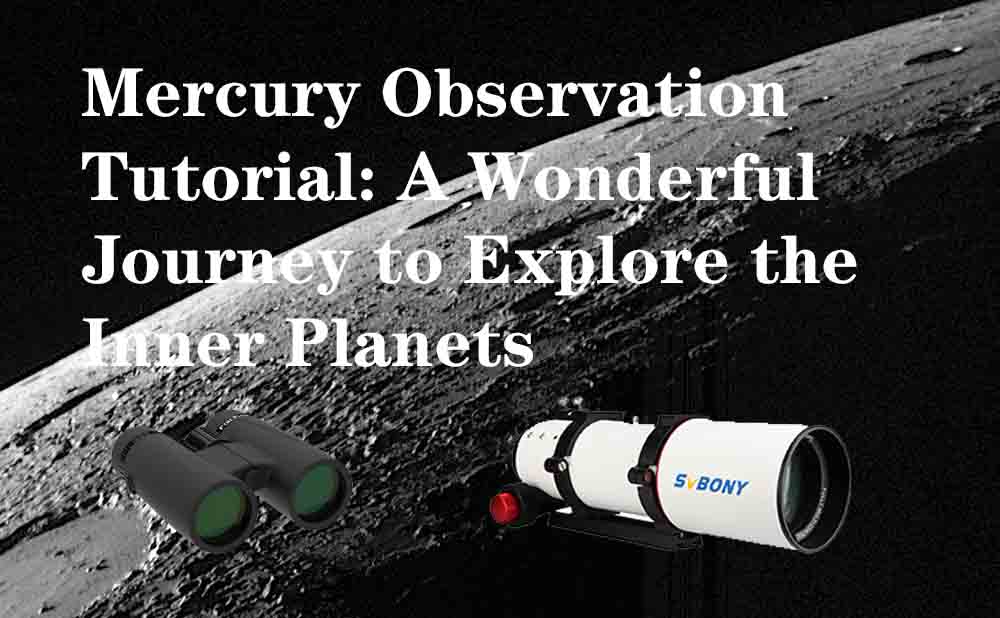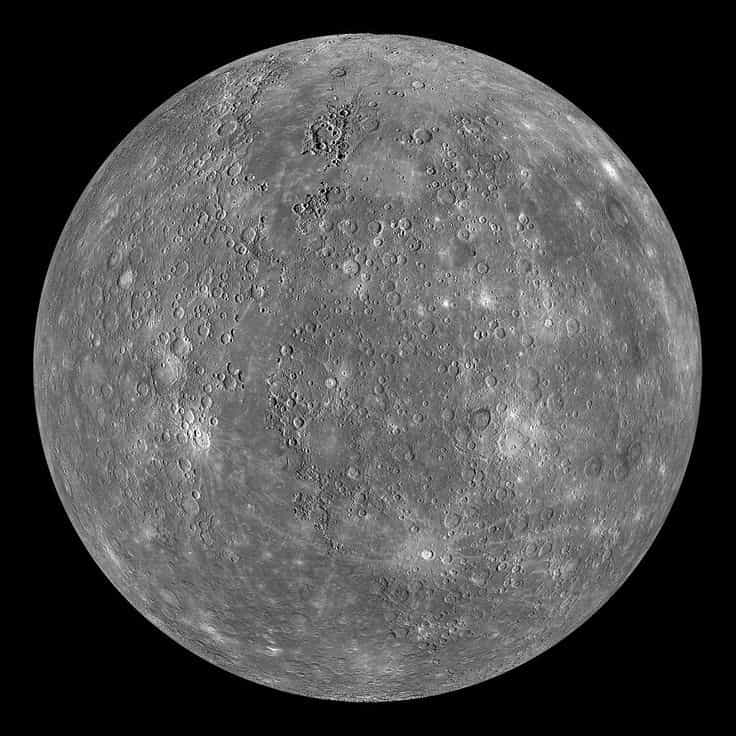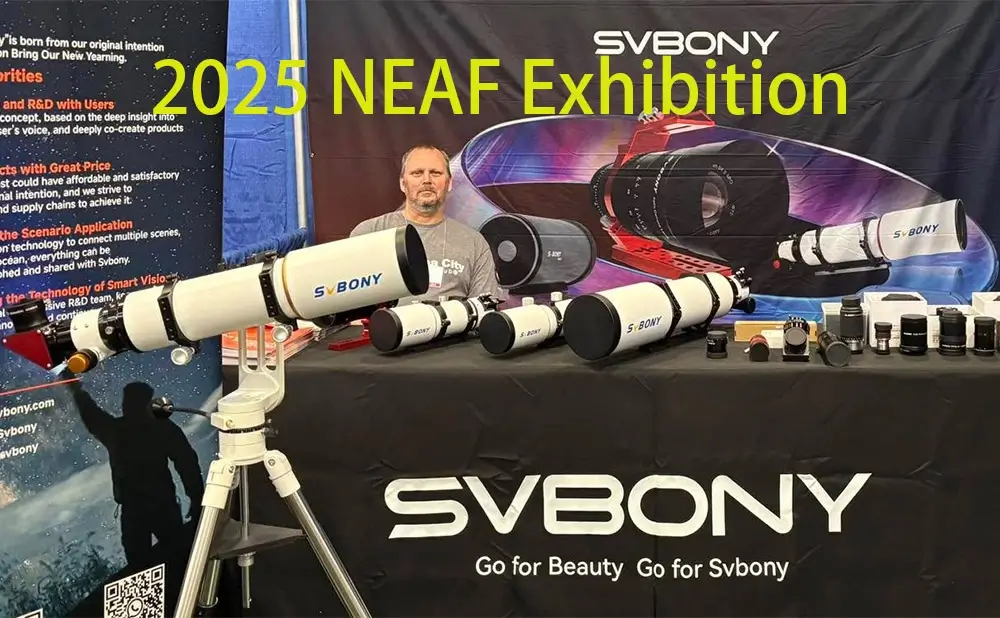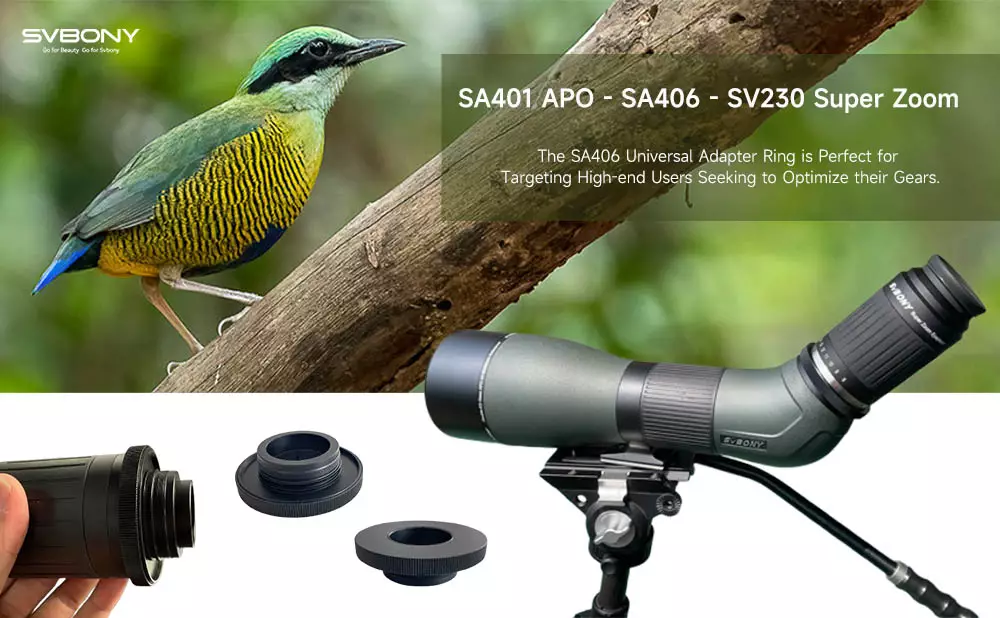Mercury Observation Tutorial: A Wonderful Journey to Explore the Inner Planets

Mercury Observation Tutorial: A Wonderful Journey to Explore the Inner Planets
Introduction
Mercury, as the closest planet to the Sun, attracts the attention of astronomy enthusiasts with its unique orbit and appearance. Although it is a difficult planet to observe, we can still appreciate its beauty and mystery with some skills and proper timing. In this tutorial, we will introduce how to observe Mercury, including the best time, equipment recommendations, and observation tips.
1. Understanding the characteristics of Mercury
Mercury is the smallest planet in the solar system, with a diameter of about 38% of the Earth. Due to its proximity to the Sun, Mercury is often blocked by sunlight, so it is necessary to choose the right time when observing. In addition, Mercury's revolution period is 88 days, which means that its position in the sky changes rapidly.
Surface temperature: It can be as high as 427°C during the day and as low as -173°C at night.
Rotation period: Mercury takes about 59 Earth days to rotate once.
Brightness: Mercury is usually the third brightest object in the night sky, second only to Venus and the Moon.

2. Best Observation Times
Mercury is usually easiest to observe during the hours of dawn and dusk. This period is known as the "crystal hour" or "morning star" and "evening star" phenomena. Here are some ideal times to observe:
Morning Star: Mercury rises before dawn and is usually most visible in spring and autumn.
Evening Star: Mercury is still visible after sunset and is usually more prominent at certain times in spring and winter.
To find out exactly when Mercury will appear, use astronomy software or mobile phone apps to check the specific date and time.
3. Observation Equipment Recommendations
Although Mercury can be observed with the naked eye, using a telescope or binoculars will provide better views and details. Here are some equipment recommendations:
Naked Eye: Mercury can be observed with the naked eye in places with less urban light pollution.
Binoculars: SA205 binoculars are great for beginners and provide good magnification.
Small Telescope: Such as a SV503 70mm or 80mm refractor telescope, you can observe Mercury's phase changes more clearly.
4. Observation Tips
Get your bearings: Use a compass or astronomy app to locate Mercury in the sky. It is usually near the sun, and you may need to look for it on the horizon.
A Suitable Location: Try to choose a place away from city lights and ensure a clear view without obstructions.
Be Patient: Mercury can sometimes be very faint, especially close to sunrise or sunset. Be patient and wait until it becomes visible.
Record your observations: Record your observations with pen and paper or photography, especially if you can see the phases or any details of Mercury, so that you can share them with other astronomy enthusiasts in the future.
Conclusion
Although Mercury observations are challenging, with the above methods and techniques, I believe you will be able to successfully observe this fascinating inner planet at the right time. Whether you are a novice or an experienced astronomer, Mercury will bring you endless fun and enlightenment.
I hope you can enjoy this journey of exploration and discover the mysterious charm of the universe! I wish you a happy stargazing!








